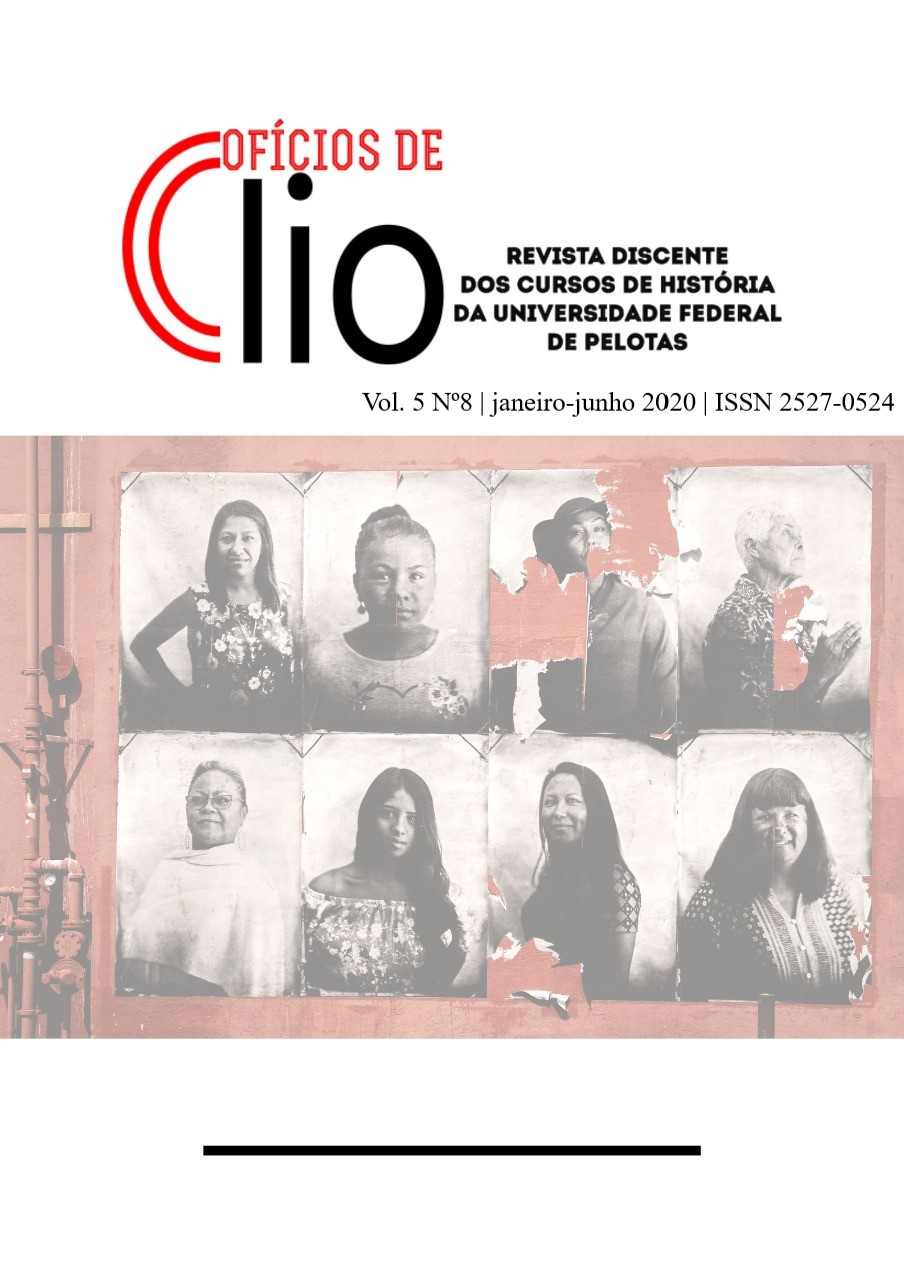A Importância do Inventário Participativo na Preservação do Patrimônio Cultural
Resumo
O Patrimônio Cultural no Brasil possui o Tombamento e o Registro como instrumentos de salvaguarda para, respectivamente, o Patrimônio Material e o Patrimônio Imaterial. A partir do ano de 2000, é criado o Inventário Nacional de Referências Culturais (INRC) que contempla o Inventário como forma de registro do patrimônio. Com as suas transformações ao passar do tempo, um dos tipos que mais democratizou o acesso do patrimônio cultural à sociedade foi o Inventário Participativo, onde a própria comunidade toma a iniciativa de identificar e registrar suas referências culturais. Portanto, o presente artigo irá abordar como esse novo tipo de instrumento cultural aproxima e quebra barreiras entre a sociedade civil e o Estado, unindo-se no benefício da preservação do patrimônio cultural nacional.
Palavras-chave: Inventário Participativo; Patrimônio Cultural; Preservação; Sociedade.
Abstract
Cultural Heritage in Brazil has listed and registered as safeguard instruments for, respectively, Material Heritage and Intangible Heritage. Established in 2000, the National Inventory of Cultural References (NICR) was created, which contemplates the Inventory as a way of registering the patrimony. With its transformations over time, one of the types that most democratized the access of cultural heritage to society was the Participatory Inventory, in which the community itself takes the initiative to identify and register its cultural references. Therefore, this paper will address how this new type of cultural instrument approaches and breaks down barriers between civil society and the State, uniting in the benefit of the preservation of the national cultural heritage.
Keywords: Participatory Inventory; Cultural heritage; Preservation; Society.
Autores que publicam nesta revista concordam com os seguintes termos:
- Autores mantém os direitos autorais e concedem à revista o direito de primeira publicação, com o trabalho simultaneamente licenciado sob a LICENÇA CREATIVE COMMONS ATTRIBUTION que permite o compartilhamento do trabalho com reconhecimento da autoria e publicação inicial nesta revista.
- Autores têm autorização para assumir contratos adicionais separadamente, para distribuição não-exclusiva da versão do trabalho publicada nesta revista (ex.: publicar em repositório institucional ou como capítulo de livro), com reconhecimento de autoria e publicação inicial nesta revista.
- Autores têm permissão e são estimulados a publicar e distribuir seu trabalho online (ex.: em repositórios institucionais ou na sua página pessoal) a qualquer ponto antes ou durante o processo editorial, já que isso pode gerar alterações produtivas, bem como aumentar o impacto e a citação do trabalho publicado (Veja O EFEITO DO ACESSO LIVRE).


